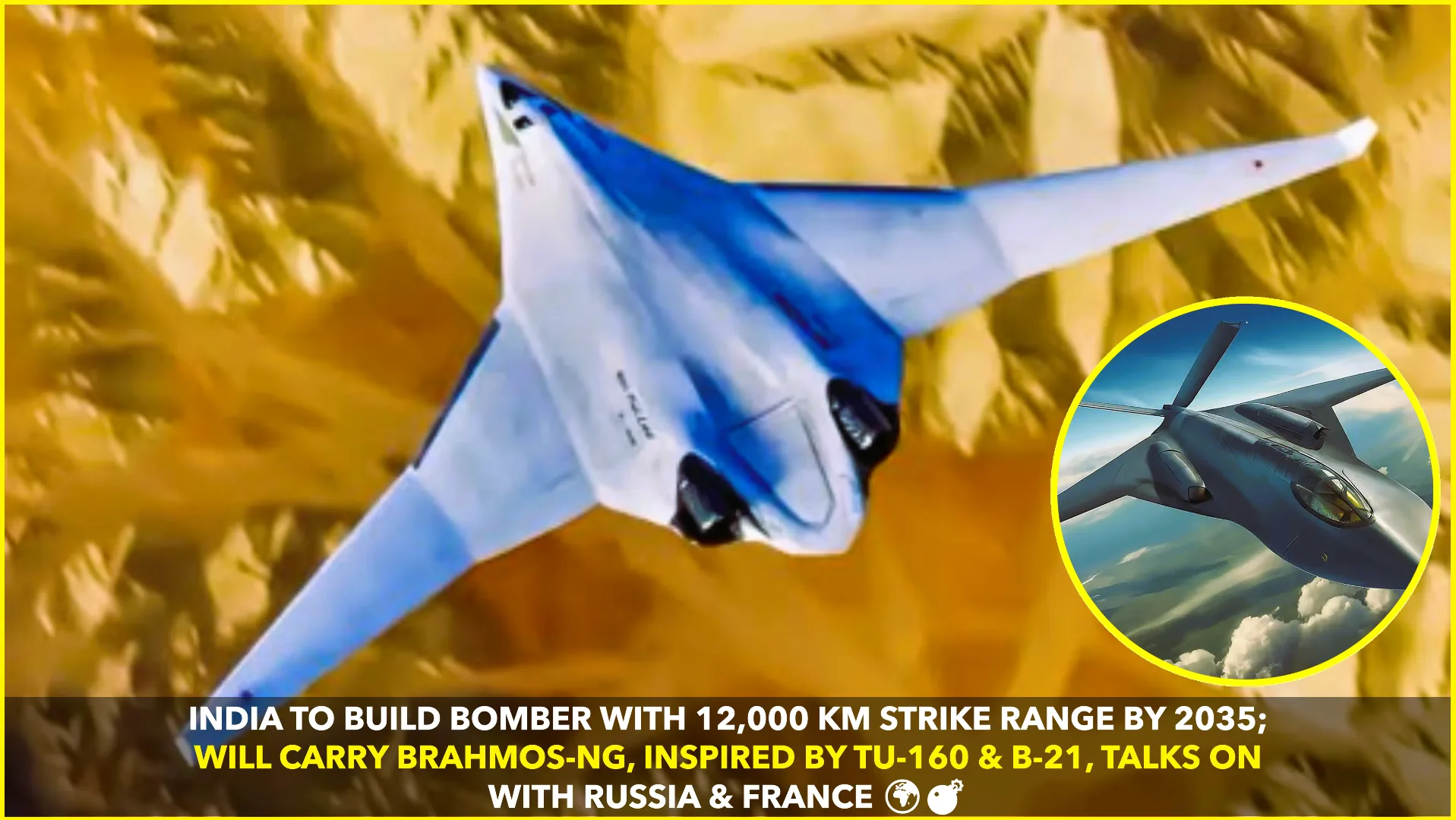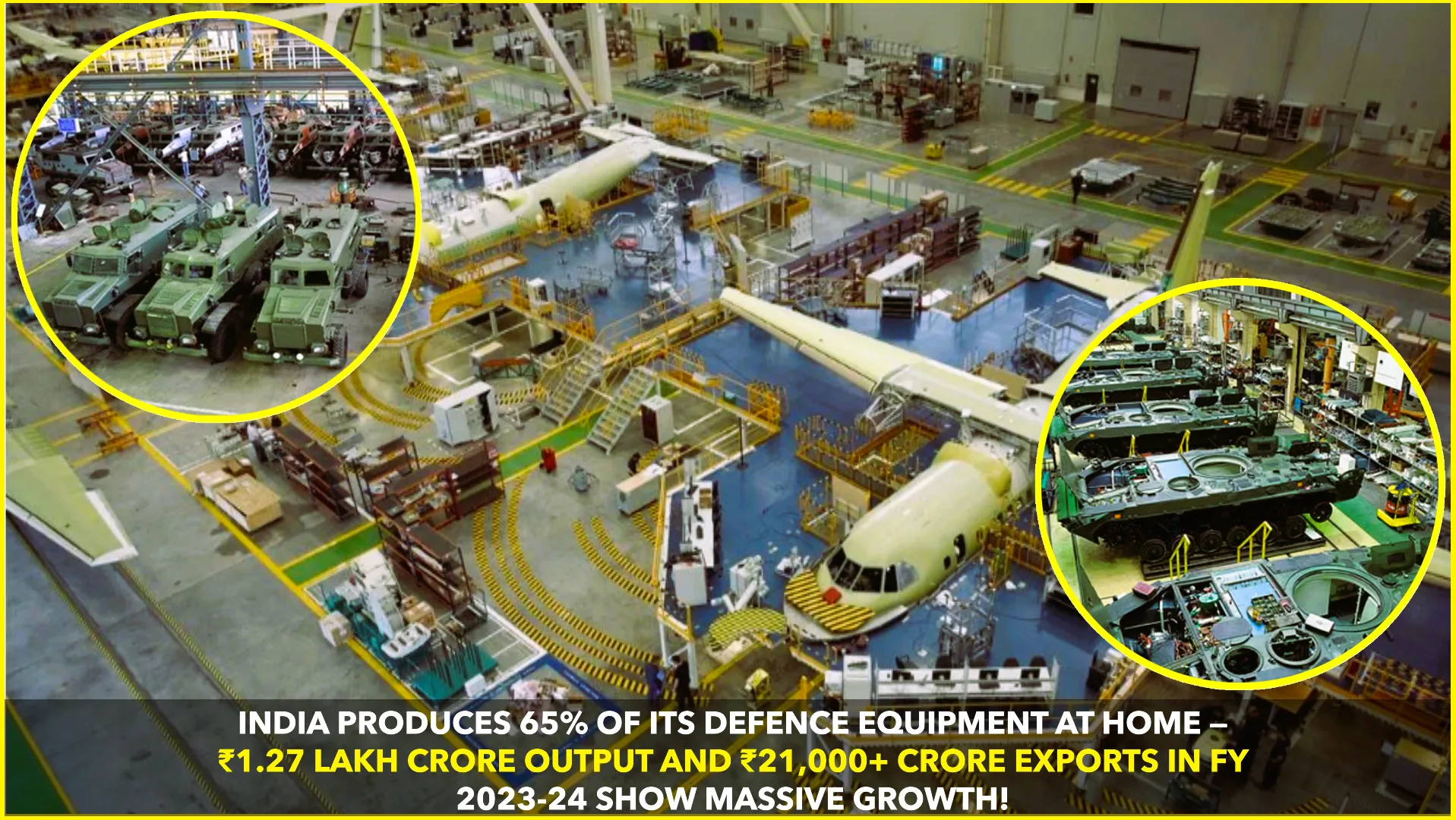India is preparing to take a giant leap in its air warfare capabilities by developing an advanced strategic bomber capable of striking targets over 12,000 kilometers away. Inspired by global heavyweights like the Russian Tupolev Tu-160 and the American B-21 Raider, this new indigenous project signals India’s intent to join the exclusive club of long-range bomber operators.
According to defense sources cited by The Print and other Indian media outlets, the project is still in its early stages, but discussions are already underway with Russia and France for technical collaboration, avionics, and stealth expertise. The planned strategic bomber will not only bolster India’s nuclear triad but also dramatically enhance its conventional deep-strike reach.
What makes this upcoming aircraft especially formidable is its proposed integration with BrahMos-NG (Next Generation) missiles. These smaller, lighter, and faster versions of the BrahMos supersonic cruise missile will be specially tailored for internal weapon bays of bombers, maintaining stealth while ensuring lethal strike capabilities. The combination of high-speed, precision-guided firepower and intercontinental reach could fundamentally shift India’s defense posture.
A Leap Inspired by Global Giants
India’s defense research and development community, led by the Defence Research and Development Organisation (DRDO) and supported by HAL (Hindustan Aeronautics Limited), is believed to be working on a concept aircraft that matches the stealth and payload capacities of the US B-21 Raider and the speed and range of Russia’s Tu-160 Blackjack.
The B-21, with its low radar signature and high survivability, and the Tu-160, known for its supersonic speed and massive payload capacity, provide the ideal benchmarks. India aims to create a hybrid design that suits its operational doctrine, geography, and emerging threats, especially from adversaries like China.
If completed, this bomber would give India the ability to strike targets across Asia, Europe, and even parts of North America — a true global reach capability.
Strategic Talks Underway
Reports suggest that preliminary talks with Russia are centered around airframe design, propulsion, and material sciences — particularly the expertise in titanium alloys and long-range avionics. Meanwhile, France is being considered for its radar, electronic warfare systems, and possibly stealth coating technology.
India’s ambition aligns with its Atmanirbhar Bharat (Self-Reliant India) vision. While the final aircraft will be designed and built domestically, external support is key to overcoming the technological gap in stealth technology, supersonic cruising, and long-range operational endurance.
Timeline and Challenges
Defense analysts estimate that a working prototype could be revealed by 2030, with full operational capability expected by 2035 — provided budget allocations, tech transfers, and testing phases proceed without delay. However, the complexity of building such a platform from scratch means challenges in terms of funding, infrastructure, R&D, and global geopolitics are inevitable.
Despite these, India’s announcement to work on a true intercontinental strategic bomber is a bold step signaling its long-term military vision and its aspiration to become a top-tier global air power.










